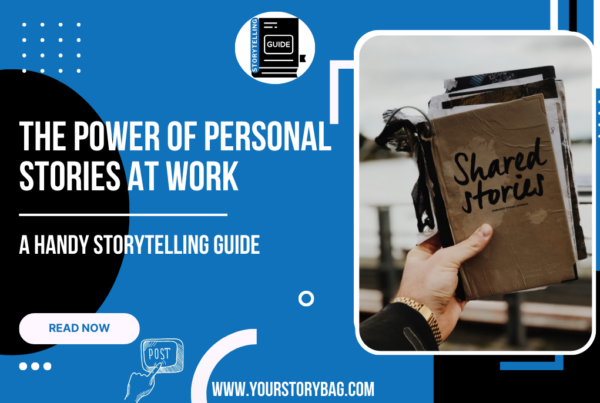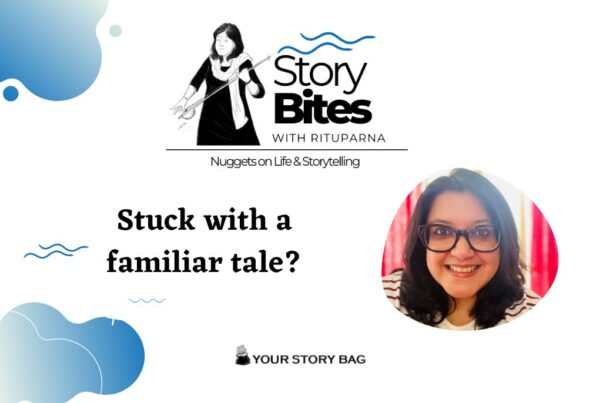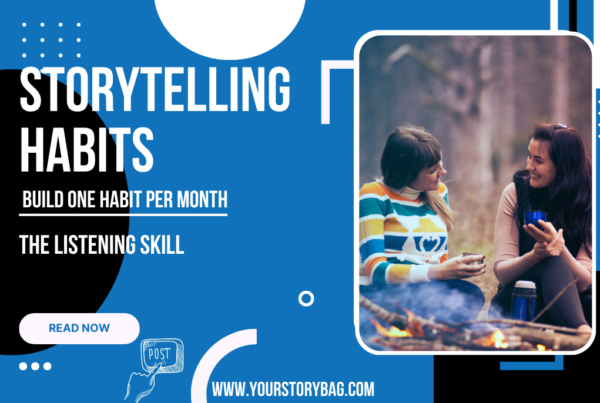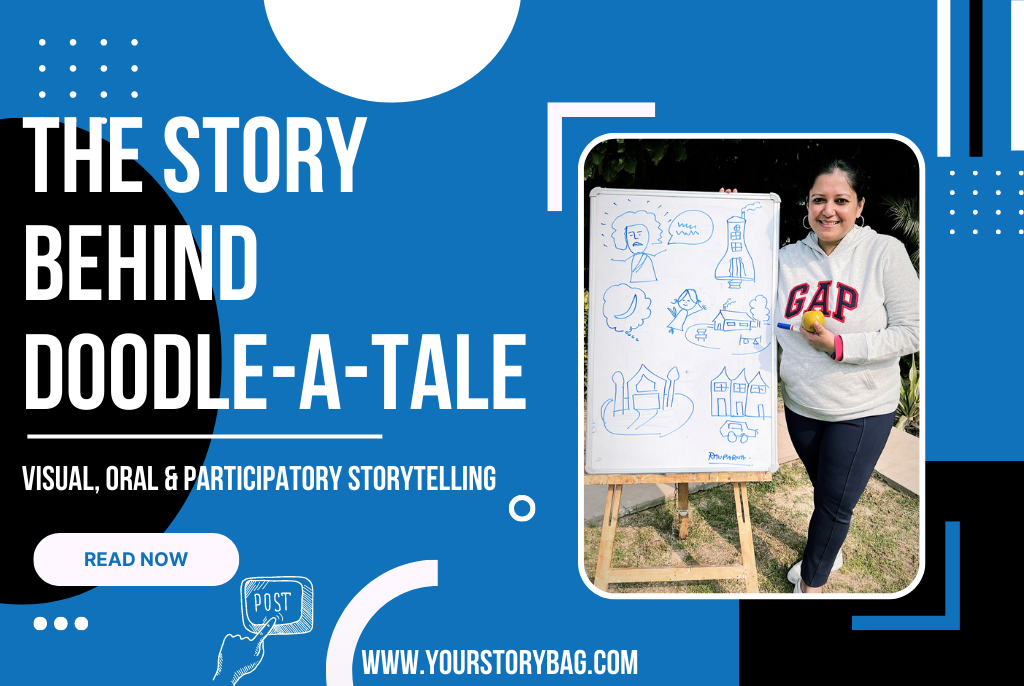
Owning Imperfections – The Story behind Doodle-a-Tale
I spent a balmy Sunday morning doodling under the sun. With me, a bunch of families, children, parents and grandparents.
The session, Doodle-a-Tale, a flagship story session where my audience and I create a story together.
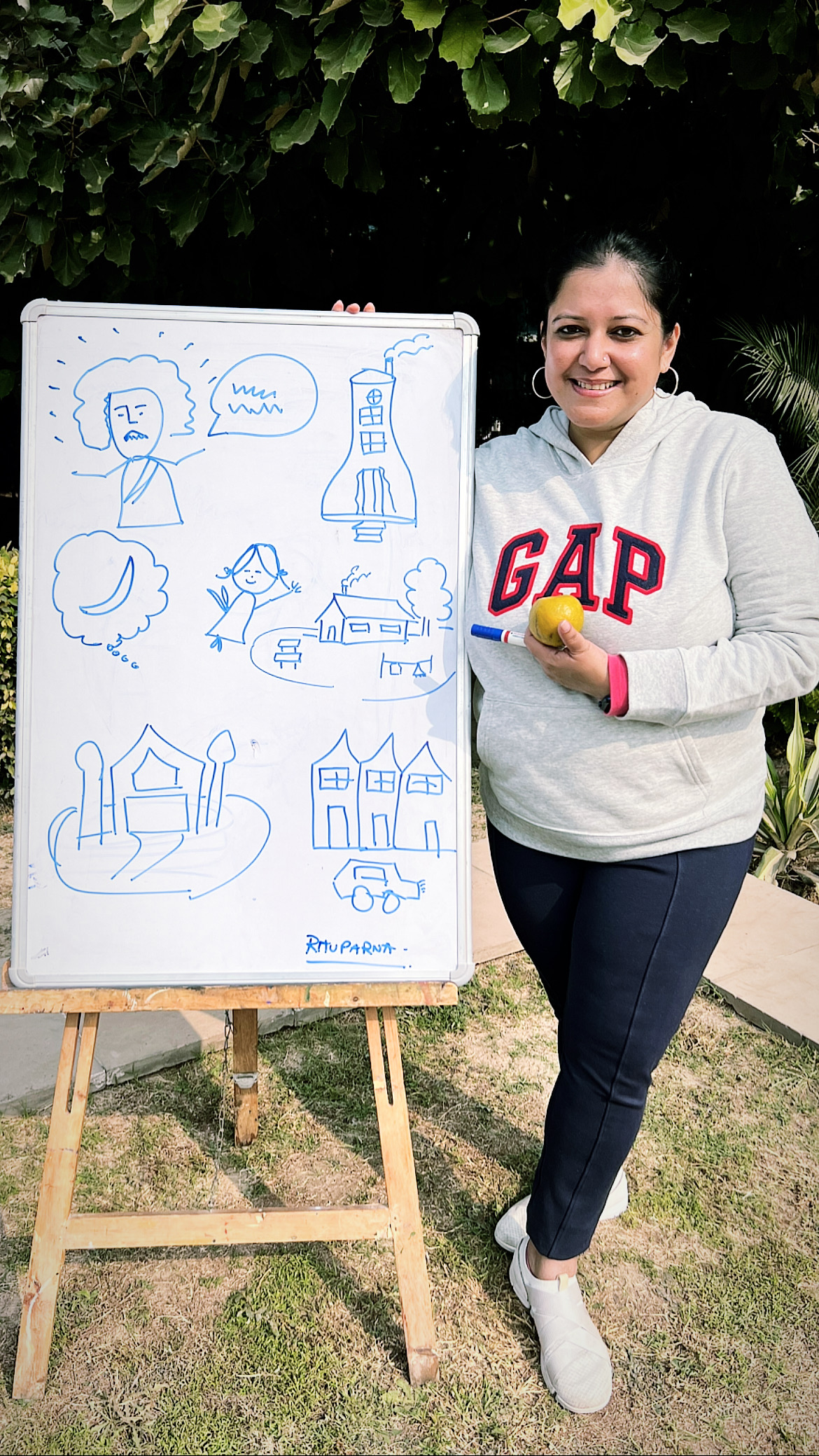
The format is very simple…I tell a story, they listen, we doodle, they make suggestions, I listen & we improvise. We land up doodling our own versions of the story, we are all creators. We share our stories with each other, the teller and the listener merging into one another. At other times, we doodle moments from our lives that we want to share with others. Once again, the stories are strung together with an idea, a place, a memory or a trigger…the expressions are all alike, yet unique.
This one is age-agnostic, in fact, I call it a universal experience…something that can be done together with anyone at home, work or elsewhere…something that you can take out time to do.
This form of storytelling melts the boundaries between ages, abilities & skills. It’s an activity for everyone, someone who is an artist, or not. I insist that my doodlers, doodle an image in 10 seconds, not more. They learn to listen, feel, imagine and move their hands in a beautiful synchronised movement. They learn to trust their mind to send the right impulses to their hands. Sometimes they look up. They keep their eyes on my face & let their hands move on the paper below. Sometimes, just my voice is enough, they don’t need to look up! We move in a rhythm, I pace my story to match their doodles. Neither too rushed, nor too It nudge them to accept imperfections, making art out of them.
How? Let me tell with a story…
Art is a weakness for me. I studied 10 years of fine art as a child. I have a degree somewhere. And I have a story about ‘How not to teach Art to children’, but that one is for another day! Despite an art degree I grew up without knowing how to draw! The irony is that I am a visual storyteller, I love video, I love illustrations, photographs & images. I constantly look for visuals that trigger stories and conversations. And even though I could do many forms of visual storytelling, I could not do anything with my hands. It’s like having two left hands!!
I enrolled in a Doodle workshop last year. My aim was to challenge myself and get over the hesitation of art. I don’t use my hands much. I am not a gardener. Neither do I cook. Or knit & sew. My hands are used for typing, writing and mechanical motor movements that are most uncreative. I didn’t realise the importance of our hands until sometime back. As a performance storyteller, my body is an extremely important tool for storytelling. I realised that by not using my hands, I was taking away an opportunity. No, it’s not about how good I am in art. It is about not utilising a part of my body that has the potential to create. Sometimes, we don’t use our brain’s ability to create, or recreate…but that is a topic for another day.
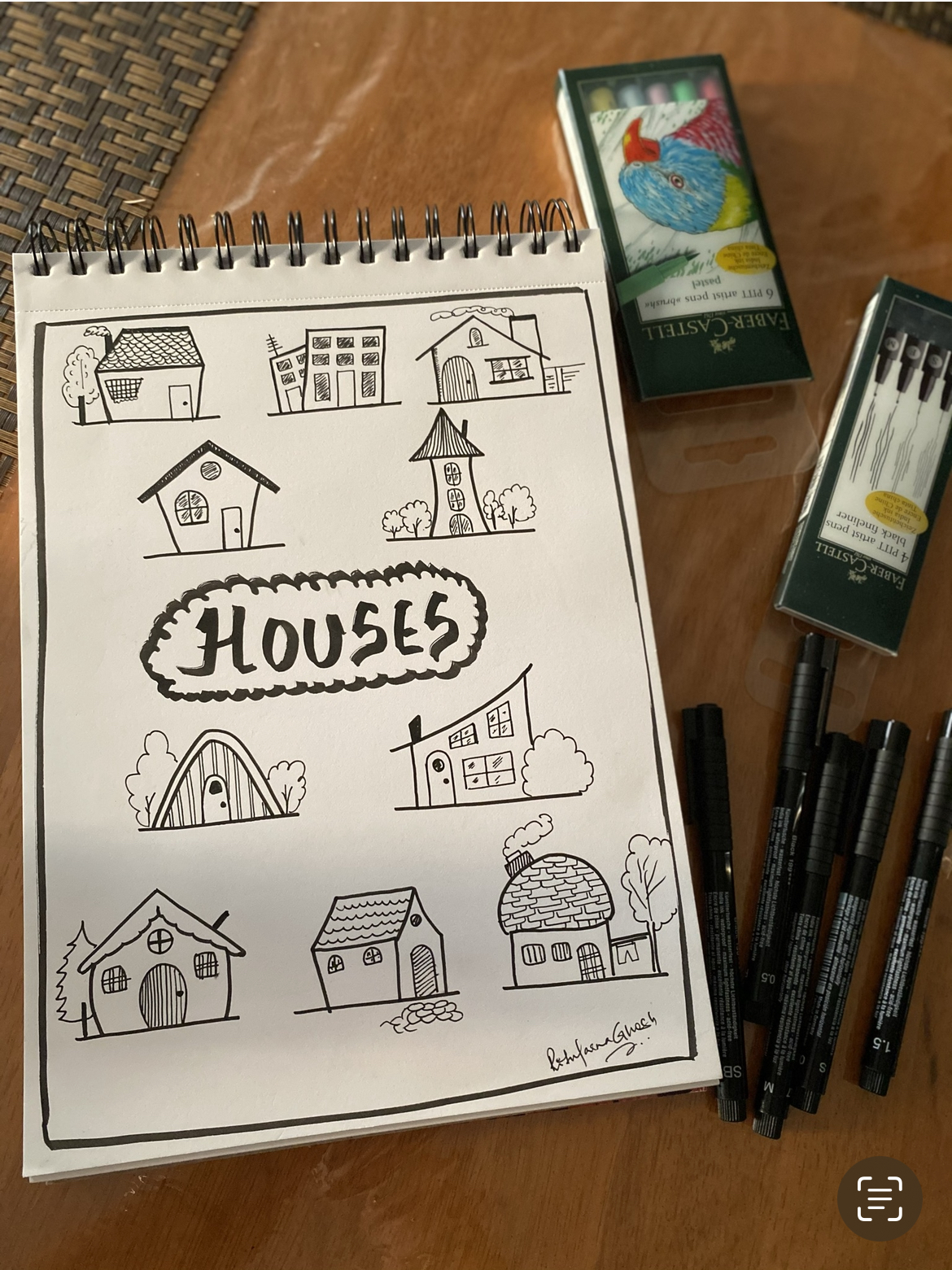
And so, I indulged into doodling like a child. I bought pens, markers and sketchbooks. I filled up pages with doodles & then went scrambling all over the pages. It curious that as an oral storyteller I can use words effortlessly to pain visuals in my listener’s minds. But when it came to art, I needed a reference. Pinterest became a friend and I started following doodle artists from across the world. I realised I needed to train my brain to reimagine forms and objects. I needed to trust my hand to recreate an image as a doodle. When things went wrong, I turned the page around to look from another angle. Maybe I wasn’t looking right? And so my experiments and explorations continued!
Doodling liberated me from the guilt that I carried of not being good at art. Unknowingly, it unlocked a lot of other things inside me.
- It made me accept imperfections.
- It made me stand up for my handiwork.
- It helped me look at my work with a special lens to find beauty inside.
- It pushed me to interpret my own doodle and find meaning in it.
- It made me ‘show my work’ and own it before everyone.
- Using motor skills activated muscle memory & it impacted the way I revisited memories & sequenced them
 So far, I have used Doodle-a-Tale as a concept with children, adults, women entrepreneurs & professionals. I’ve used it in trainings, workshops and program facilitation. And even an online festival!
So far, I have used Doodle-a-Tale as a concept with children, adults, women entrepreneurs & professionals. I’ve used it in trainings, workshops and program facilitation. And even an online festival!
The idea of drawing is slightly unnerving for people. Like me, adults are not used to creating with their hands. There are associated ideas of embarrassment, a discomfort of doing a child-like activity, a sense of waste of time when one could talk. And yet, when I force them to draw, they surrender to the creation process. It’s amazing when adults doodle with passion. It is amazing when they challenge themselves to recollect a story and put it down on paper. It is exhilarating to see them articulate better with misshapen drawings than with bullet points on a ppt!
Will we offer Doodles as a form of Storytelling we specialise in? I am not sure. I hope we continue to experiment. It’s an extremely liberating format of storytelling and I am excited to see how we can merge it in our work as we go along.
A special thanks to Piyuesh Modi a.k,a Curious Piyeush for being our first guru, friend and mentor. He has an amazing community of sketch note, doodlers & visual thinkers. You may want to check it out!
If you are curious about Doodle-a-Tale and want us to facilitate an event, training and workshop with the tools of Visual, Oral & Participatory storytelling,
Contact Us
Happy Storytelling!
Rituparna
#DoodleATale #StorytellingWithRituparna #VisualStorytelling #OralStorytelling #StorytellingEvents #StorytellingForFacilitation

